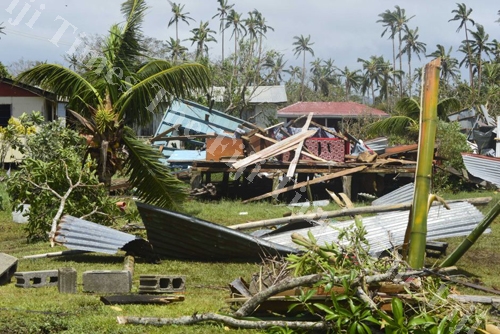FIJI is projected to rise but at a more tempered pace as reconstruction efforts near completion in the aftermath of tropical cyclones.
Managing Headwinds, the April 2019 edition of the World Bank East Asia and Pacific Economic Update released yesterday, states while trade policy uncertainty has abated somewhat, global trade growth is likely to moderate further.
“While the economic outlook for East Asia and the Pacific remains largely positive, it is important to recognise that the region continues to face heightened pressures that began in 2018 and that could still have an adverse impact,” said Andrew Mason, World Bank Acting Chief Economist for the East Asia and Pacific region.
“Continued uncertainty stems from several factors, including further deceleration in advanced economies, the possibility of a faster-than-expected slowdown in China, and unresolved trade tensions,” Mr Mason said.
“These continuing headwinds will need to be actively managed.”
The report says that growth in developing East Asia and the Pacific (EAP) is projected to soften to 6.0 per cent in 2019 and 2020, down from 6.3 per cent in 2018, largely reflecting global headwinds and a continued gradual policy-guided slowdown in China.
It says the region’s economies weathered the financial markets volatility of 2018 relatively well largely because of effective policy frameworks and strong fundamentals, including diversified economies, flexible exchange rates, and solid policy buffers.
The report highlights the importance of continued structural reforms in the medium term – to increase productivity, boost competitiveness, create better opportunities for the private sector, and strengthen countries’ human capital.
It also stresses the importance for the Pacific Island Countries to ensure debt sustainability by improving debt management, quality of spending, and building fiscal space.
According to the report while their public debt is relatively low, structural factors, including modest long-term economic growth prospects, high vulnerability to natural disasters, and high costs for public services and infrastructure, place the Pacific Island countries at high risk of debt distress.




